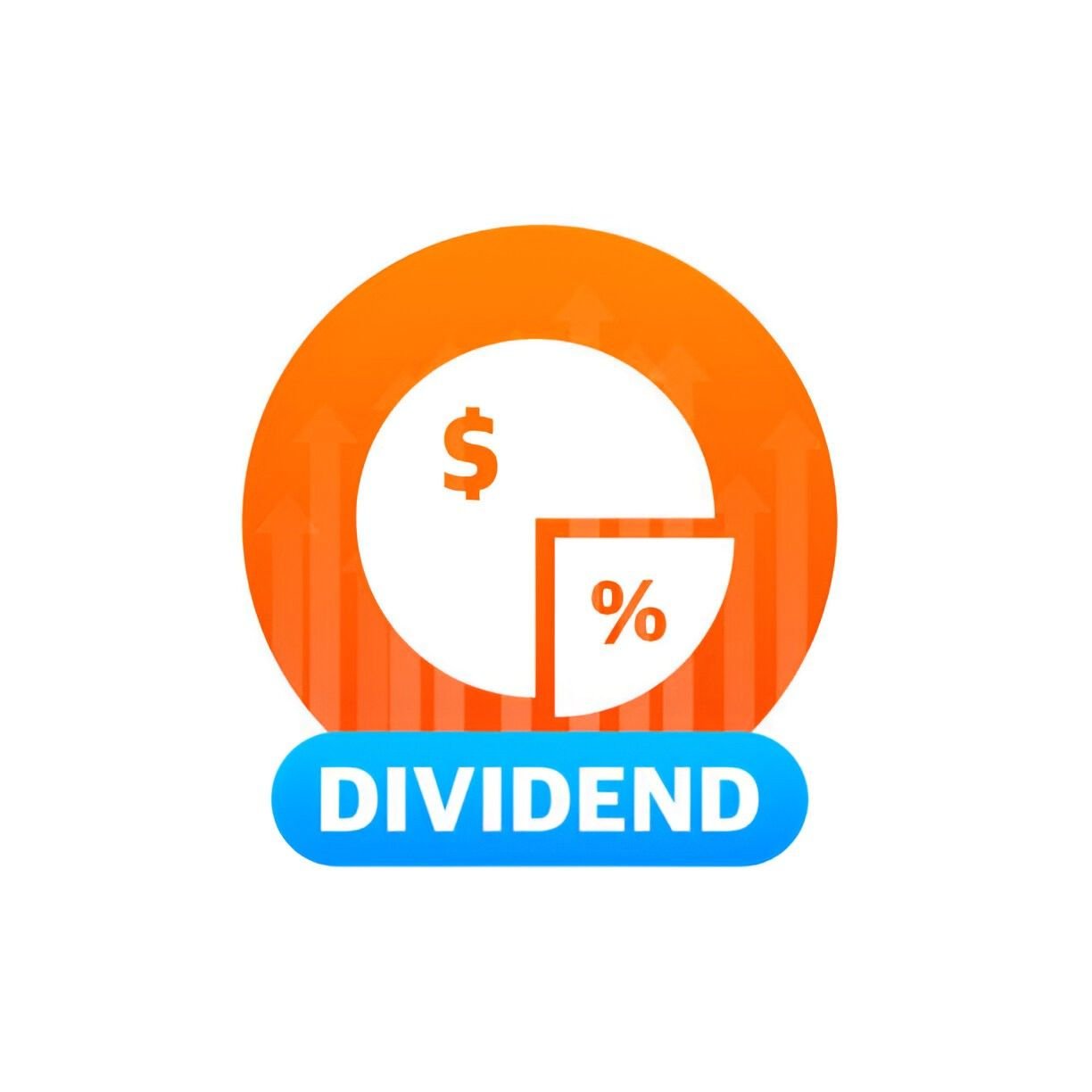When I analyze dividend-paying stocks, I often rely on the price-dividend ratio (P/D) as a key metric. Unlike the more popular price-earnings ratio (P/E), the P/D ratio focuses solely on dividends, making it invaluable for income-focused investors. In this article, I will break down the P/D ratio, compare it with other valuation metrics, and explain why it deserves more attention in fundamental analysis.
Table of Contents
Understanding the Price-Dividend Ratio
The price-dividend ratio measures how much an investor pays for each dollar of dividends received. The formula is straightforward:
P/D = \frac{\text{Stock Price}}{\text{Annual Dividends Per Share (DPS)}}For example, if a stock trades at \$100 and pays \$4 in annual dividends, its P/D ratio is \frac{100}{4} = 25. A lower P/D ratio suggests the stock is cheaper relative to its dividend yield, while a higher ratio indicates the opposite.
Why Use P/D Instead of Dividend Yield?
Many investors prefer dividend yield, calculated as:
\text{Dividend Yield} = \frac{\text{Annual DPS}}{\text{Stock Price}} \times 100While dividend yield is useful, it has limitations. A high yield may signal financial distress rather than a good deal. The P/D ratio flips the perspective, emphasizing how much capital is required to generate a dollar of dividends.
Comparing P/D with Other Valuation Metrics
P/D vs. P/E Ratio
The P/E ratio evaluates earnings rather than dividends:
P/E = \frac{\text{Stock Price}}{\text{Earnings Per Share (EPS)}}While P/E is widely used, earnings can be volatile due to accounting adjustments. Dividends, however, represent actual cash flows to shareholders, making P/D a more stable metric for income investors.
P/D vs. Dividend Payout Ratio
The dividend payout ratio shows what portion of earnings is paid as dividends:
\text{Payout Ratio} = \frac{\text{Dividends Per Share}}{\text{Earnings Per Share}} \times 100A high payout ratio may indicate unsustainable dividends. The P/D ratio, in contrast, does not depend on earnings, making it useful for companies with inconsistent profitability but stable dividends.
Historical Trends in P/D Ratios
Historically, P/D ratios fluctuate with interest rates and market sentiment. When bond yields rise, dividend stocks become less attractive, pushing P/D ratios higher. Conversely, in low-rate environments, investors flock to dividend payers, compressing P/D ratios.
Example: S&P 500 P/D Trends
| Year | Avg. P/D Ratio | 10-Year Treasury Yield |
|---|---|---|
| 2000 | 45 | 6.03% |
| 2008 | 32 | 3.66% |
| 2020 | 28 | 0.93% |
| 2023 | 35 | 4.23% |
This table shows an inverse relationship between P/D ratios and Treasury yields. When yields dropped in 2020, P/D ratios compressed as investors sought dividend income.
Calculating Sustainable P/D Ratios
Not all low P/D stocks are bargains. Some companies cut dividends when earnings decline. To assess sustainability, I combine P/D with the payout ratio and free cash flow (FCF).
Case Study: AT&T (T) vs. Verizon (VZ)
| Metric | AT&T (2022) | Verizon (2022) |
|---|---|---|
| Stock Price | $20 | $40 |
| Annual DPS | $1.11 | $2.56 |
| P/D Ratio | 18.0 | 15.6 |
| Payout Ratio | 65% | 50% |
| FCF Coverage | 1.2x | 1.8x |
At first glance, Verizon’s lower P/D ratio suggests a better deal. However, its higher FCF coverage (1.8x vs. 1.2x) confirms stronger dividend sustainability.
Limitations of the P/D Ratio
While useful, the P/D ratio has blind spots:
- Non-Dividend Stocks – Useless for companies that don’t pay dividends.
- Dividend Cuts – A low P/D ratio may precede a dividend reduction.
- Growth vs. Income – Growth stocks reinvest profits rather than pay dividends, making P/D irrelevant.
Practical Application: Building a Dividend Portfolio
When I screen for dividend stocks, I use the following criteria:
- P/D Ratio < 30 – Avoids overpaying for dividends.
- Payout Ratio < 75% – Ensures dividends are sustainable.
- FCF Coverage > 1.5x – Confirms sufficient cash flow.
Example: Screening Dividend Aristocrats
| Stock | P/D Ratio | Payout Ratio | FCF Coverage |
|---|---|---|---|
| Johnson & Johnson (JNJ) | 26 | 45% | 2.1x |
| Procter & Gamble (PG) | 29 | 58% | 1.9x |
| Coca-Cola (KO) | 32 | 72% | 1.4x |
Here, Coca-Cola’s higher P/D and payout ratio raise concerns, whereas JNJ and PG appear more stable.
Final Thoughts
The price-dividend ratio is a powerful but underutilized tool. By focusing on actual cash payouts rather than earnings, it provides a clearer picture of value for income investors. However, it should not be used in isolation—combining it with payout ratios and FCF analysis enhances its effectiveness.





